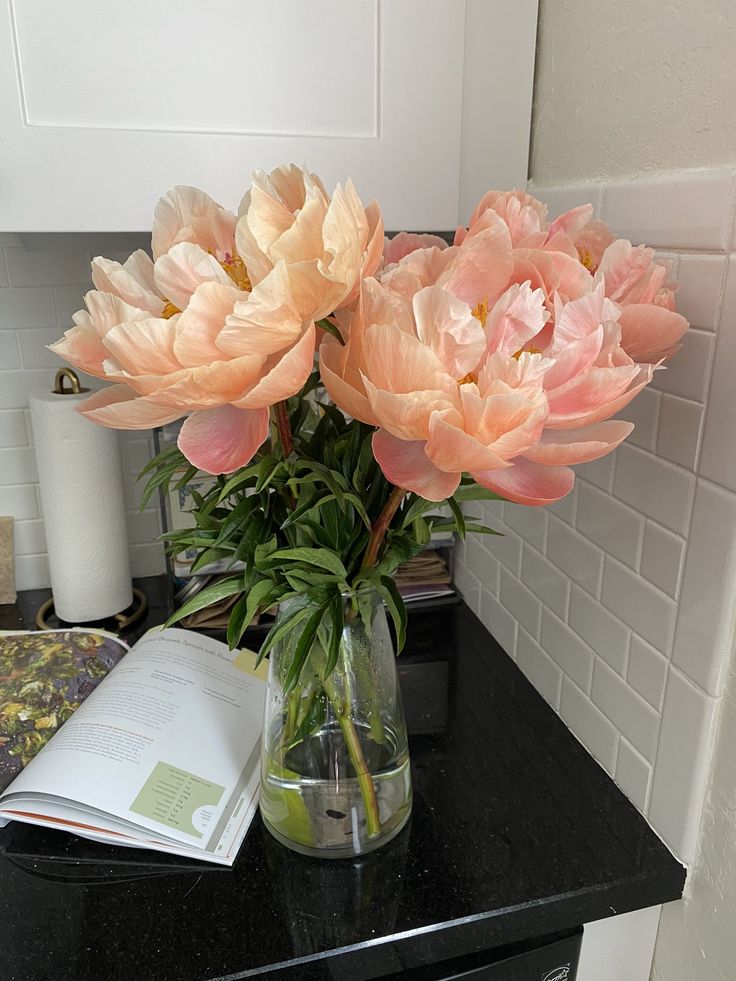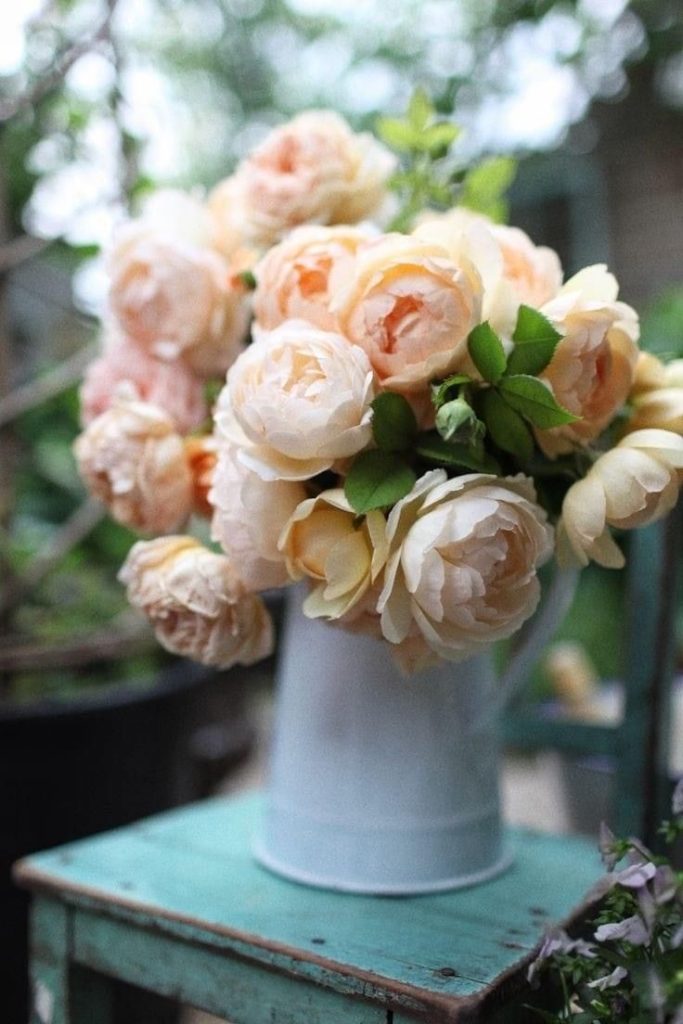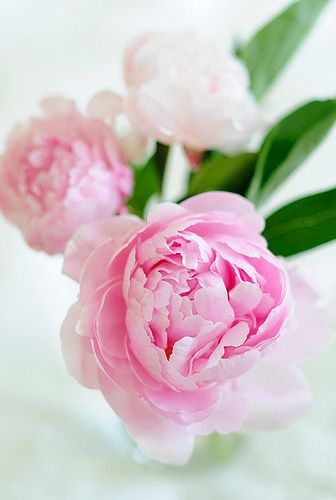In an era where water conservation is paramount, installing a rain barrel offers a simple yet effective way to collect and utilize rainwater for your garden’s irrigation needs. By harvesting rainwater, gardeners can reduce reliance on municipal water sources, lower water bills, and promote sustainable water management practices. In this comprehensive guide, we’ll walk you through the process of installing a rain barrel, from selecting the right barrel and location to setting up your system and maintaining it for optimal performance. With a few basic tools and a little bit of know-how, you can tap into nature’s bounty and take a significant step towards a more sustainable and water-efficient garden.












Understanding the Benefits of Rainwater Harvesting
Rainwater harvesting, the practice of collecting and storing rainwater for later use, offers a multitude of benefits for both gardeners and the environment:
- Water Conservation: By capturing rainwater that would otherwise run off into storm drains, rain barrels help conserve water resources and reduce strain on municipal water supplies, particularly during periods of drought or water restrictions.
- Cost Savings: Using harvested rainwater for outdoor irrigation can significantly reduce water bills, saving money for homeowners and reducing overall water consumption.
- Plant Health: Rainwater is naturally soft and free of chlorine and other chemicals found in tap water, making it ideal for watering plants. Its pH-neutral composition and balanced mineral content promote healthy soil and plant growth, leading to vibrant and thriving gardens.
- Environmental Benefits: Rainwater harvesting reduces stormwater runoff, which can carry pollutants such as pesticides, fertilizers, and sediment into waterways, leading to water pollution and habitat degradation. By capturing and using rainwater on-site, gardeners can help mitigate these environmental impacts and protect local ecosystems.
Selecting and Preparing Your Rain Barrel
Before installing a rain barrel, consider the following factors to ensure optimal performance and functionality:
- Barrel Selection: Choose a sturdy and food-grade barrel with a capacity of 50 to 100 gallons, preferably made from UV-resistant materials such as high-density polyethylene (HDPE) or polyethylene terephthalate (PET). Avoid barrels previously used to store chemicals or hazardous materials, as they may contain residues harmful to plants and soil.
- Location: Place your rain barrel beneath a downspout near your garden or landscape, ensuring easy access for filling and use. Position the barrel on a level and stable surface such as a concrete pad or compacted gravel to prevent tipping or sinking.
- Preparation: Clean the barrel thoroughly with soap and water to remove any debris, residues, or contaminants. Install a debris filter or mesh screen over the barrel’s inlet to prevent leaves, twigs, and other debris from entering and clogging the system.
Installing Your Rain Barrel System
Follow these step-by-step instructions to install your rain barrel system:
- Downspout Modification: Disconnect the downspout from the gutter and trim it to the desired height using a hacksaw or pipe cutter. Attach an elbow or diverter to redirect rainwater into the barrel while allowing overflow to bypass the barrel and continue down the downspout.
- Barrel Placement: Position the rain barrel beneath the modified downspout, ensuring a secure and level footing. Place concrete blocks or pavers beneath the barrel to elevate it slightly and facilitate water flow from the downspout into the barrel.
- Securement: Anchor the rain barrel to the wall or structure using straps, brackets, or bungee cords to prevent tipping or displacement, especially in windy or inclement weather conditions.
- Overflow Management: Install an overflow hose or spigot near the top of the barrel to redirect excess water away from the foundation of your home or landscape to prevent waterlogging and potential damage.
- Connection and Sealing: Connect the downspout diverter or elbow to the barrel’s inlet using a flexible downspout extension or PVC pipe, ensuring a snug and watertight connection. Seal any gaps or openings with waterproof caulk or silicone to prevent leaks and water loss.
Maintaining Your Rain Barrel System
To ensure the continued effectiveness and longevity of your rain barrel system, perform regular maintenance and inspections:
- Cleaning: Clean the barrel and debris filter or screen periodically to remove accumulated sediment, algae, and contaminants. Use a solution of vinegar and water or mild soap to scrub the interior surfaces and rinse thoroughly with clean water.
- Winterization: Drain and disconnect the rain barrel before the onset of freezing temperatures to prevent damage from freezing and thawing. Store the barrel indoors or in a sheltered location until spring, or install a freeze-proof spigot and insulation sleeve to protect the barrel during winter.
- Monitoring: Monitor the water level in the rain barrel regularly and use the stored rainwater as needed for garden irrigation, watering plants, or other outdoor uses. Keep an eye on the system for leaks, cracks, or other signs of damage, and repair or replace components as necessary.
Conclusion
Installing a rain barrel for water conservation is a simple yet impactful way to harness nature’s gift and promote sustainable gardening practices. By capturing and utilizing rainwater, gardeners can reduce water consumption, lower water bills, and support healthy plant growth while minimizing environmental impact and preserving precious water resources. Whether you’re a seasoned gardener or a novice enthusiast, incorporating a rain barrel into your garden landscape offers a practical and eco-friendly solution for watering your plants, nurturing the soil, and cultivating a more sustainable and resilient outdoor environment.
FAQs (Frequently Asked Questions)
- How much water can I expect to collect with a rain barrel?
- The amount of water you can collect with a rain barrel depends on various factors, including the size of the barrel, the surface area of your roof, and the frequency and intensity of rainfall in your area. On average, a 50 to 100-gallon rain barrel can collect approximately 600 to 1,200 gallons of water per year from a typical residential roof.
- Can I use rainwater collected in a rain barrel for watering edible plants?
- Yes, rainwater collected in a properly installed and maintained rain barrel can be safely used for watering edible plants, vegetables, and fruit trees. Rainwater is naturally soft and free of chlorine and other chemicals found in tap water, making it ideal for irrigation and promoting healthy plant growth. However, it’s essential to keep the rain barrel clean and free of contaminants to ensure the water remains safe for use in the garden.